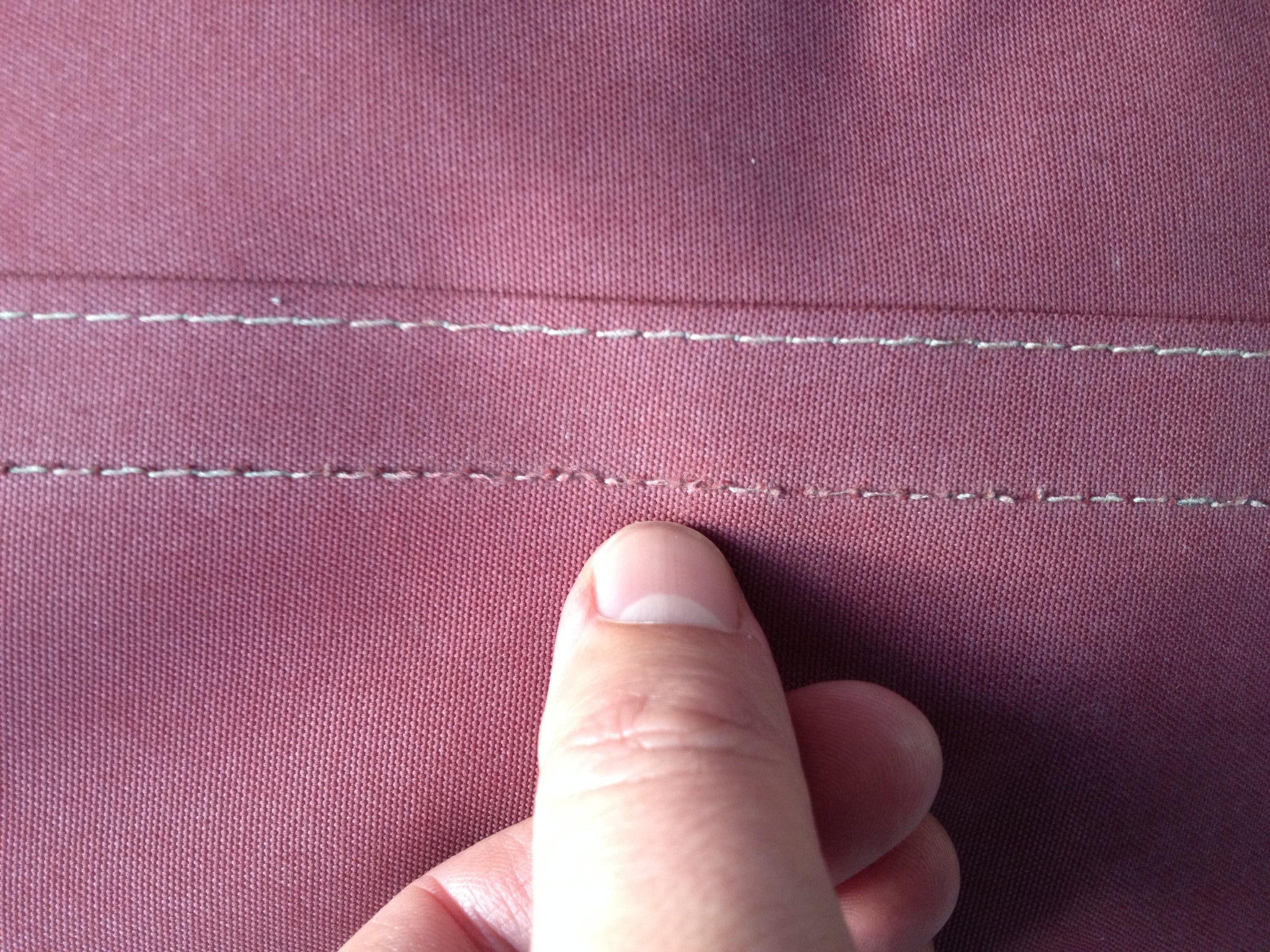Your awning suffers a lot. UV radiation, wind, acid rain, temperature, and usage all affect the condition of the tent. An awning that is in poor condition will get dirty more quickly. For example, due to leaking seams. To prevent your days off from being spent cleaning your awning, we give you 5 tips to prevent your tent from getting dirty quickly.
1. Leakage
Leakage is a common and very annoying problem. This is usually because the original water-repellent coating has worn out. It is also possible that your tent cloth has become porous. Poorly impregnated tent canvases wear out faster.
Tip!
Both causes can be prevented by impregnating your tent cloth annually. A good coating ensures that you do not have to clean your tent as often. More information about impregnating your tent cloth? Look here.
2. Condensation
Drops on the inside of a polyester or nylon tent often do not indicate leakage, but condensation. This is because these types of tents do not breathe, which can cause condensation to form on the inside of the tent. This mainly occurs when the temperature outside the tent is lower than inside the tent. Moisture from the air, clothing and breath then settle against the cloth. Floor condensation also occurs regularly, especially between the groundsheet and the air mattress.
Tip!
You can prevent condensation on the inside of the tent by ensuring sufficient ventilation. This can be done very easily by opening a door or ventilation opening. There is also a solution for floor condensation: a blanket on the groundsheet or a tarp under the tent will keep the moisture out. This tarp should be smaller than the tent to prevent water from running under the tent.

3. Stains from leaves, berries, bird droppings, etc. remove from the awning
If something falls on the tent roof and remains for a while, it can easily cause stains, especially in damp weather. In most cases this happens especially with tents that have not been treated with good protection for a long time. The canvas is then rougher and more porous.
Tip!
Impregnate your tent. This makes the tent cloth dirt-repellent. Dirt and therefore also the imprint of leaves, resin and berries will adhere less and are easier to remove with water and a brush. This way you spend much less time cleaning your awning.
4. Leaky seams
Awnings are stitched with sewing machines with very strong sewing thread. This sewing thread consists of a polyester core with a cotton jacket. This cotton jacket swells up after the first contact with moisture, closing the small needle holes and ensuring a watertight stitching. Over time, the cotton jacket decomposes, so that the tent seams are no longer waterproof.
Tip!
Well-impregnated seams hardly wear out. This extends the service life and prevents leakage.

5. Discoloration of the cloth
The ultra-violet rays of the sun affect fabrics and materials, especially nylon is very sensitive to this. Polyester and cotton tents are more resistant to UV rays, but are often also more expensive. Discoloration on an awning cannot of course be cleaned. That is why we advise you to be ahead of this.
Tips!
Set up the tent in a shady place. This prevents direct sunlight from reaching your tent canvas. Impregnation of the cloth is also important here. You apply a new protective layer against the UV rays of the sun and thus extend the life of the tent.
Looking for products to treat your awning? look at here our assortment.
